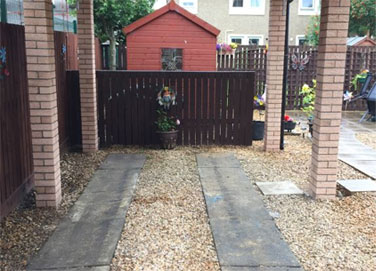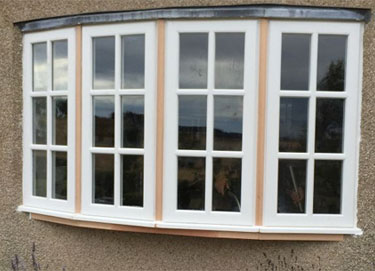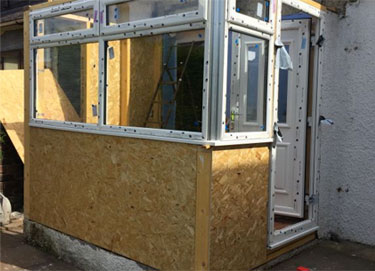Roof flashings can cause roofing problems, especially after a winter in Scotland.
After colder months, it’s important to ensure that your home recovers from any damages that may have occurred and in turn, ensure that they don’t reoccur the following Winter.
One of the most important parts to check is your roof flashings.
Related content:
10 Most Common Roofing Problems
What Are The Most Common Causes Of Rook Leaks
When considering the protection of your roof, you may not have considered the importance of having strong roof flashing installed.
In order to keep your home protected, it’s imperative that the flashing is installed correctly the first time.
Flashing protects the roof by sealing out water and moisture around the more vulnerable areas.
These include:
- Chimneys
- Sunlights
- Window openings
- Ventilation pipes
- Other roof obstacles
Incorrect Installation Of A Flashing
Properly installed roof flashings is absolutely essential to a properly functioning roof.
The issues that are associated with water entering the home through the roof are vast and can be expensive.
These can be avoided by installing a strong flashing system to help prevent water damage to homes, and the valuables within it.
A home that hasn’t been properly protected against flashing systems is strongly susceptible to mould and damp problems.
Water travels through and underneath openings and cracks in the roof if flashings are not appropriately sealed and protected.
A water-barrier system which is provided for your roof by properly installing flashing is necessary when it comes to protecting against water related damages.
What Damages Can Roof Leaks Bring To My Home?
If water leaks into your home, it can cause a range of issues.
These can include dampness, damages to the goods within your home and damages to the infrastructure of your home.
Dampness can even affect your family – if there is dampness on the walls of your home, it can affect respiratory systems, immune systems and even prolong common colds and flus.
Dampness can be remedied fairly easily with dehumidifiers and opening windows more often but the root of the cause could be leaking from your roof and if this is an issue, it is better to have a permanent solution than a short-term one which will ensure the problem is recurring.
If your home is suffering from damp problems, ensure that you check your roof for poorly-fitted flashings, broken tiles or even missing tiles.
If you have any of these issues, LC Joinery Roofing and Building Work can help rectify them so that you and your family can rest assured that your home is safe and protected.
Why Do Roof Flashings Matter So Much?
Roof flashing is important because it acts as a barrier between the openings and joints of the roof protecting them from outside water, snow and general moisture. Some of the materials used to make flashing include:
- Lead
- Aluminium
- Copper
- Stainless Steel
- Plastic
- Rubber
Whatever is used for your home depends on the build of it and what suits your budget.
LC Joinery Roofing and Building Work can help you understand how the different materials will work for your home and we can advise you on what we’d recommend and offer an affordable service.
Many customers prefer to use copper as it is extremely durable, and reliable and is a generally strong roof flashing material.
It can be expensive to consistently replace roof flashing so we do recommend that you undertake a more durable, long-lasting material to protect your roof.
What Flashing Is Correct For Your Home?
There are different types of flashing available based on where they are installed on the roof or structure.
Roof flashing is installed around protruding elements of the roof such as vents or chimneys in order to deflect water away from those areas.
Wall flashing is also a type of flashing that helps to prevent water leaking into a home’s walls and is usually placed at interruptions in the wall -think windows and doors.
Channel flashing is vital in locations where the edges of the tiled roof meet the wall while drip-edge flashing is used specifically at roof’s edges.
Flashing that can help the accumulation of water, and thus water damage is called kick-out flashing which is located at the bottom of the intersection between the roof and wall and is uniquely designed to deflect water away from the wall at this point of the structure.
A poorly installed flashing system can cause damage to you home by diverting water into it, instead of away and the importance of a quality flashing installation for homes cannot be understated with this taken into consideration.
We at LC Joinery Roofing and Building Work can offer an effective, professional flashing installation service at a low cost to protect you and your home.
If you’re looking for a roofing specialist in Fife and surrounding areas, get in touch now.






